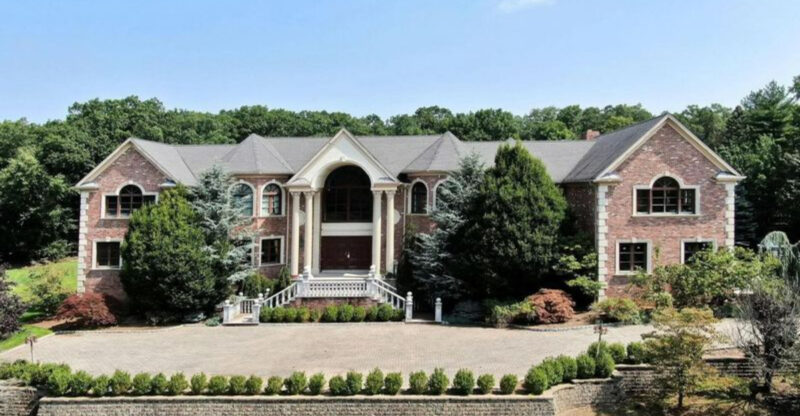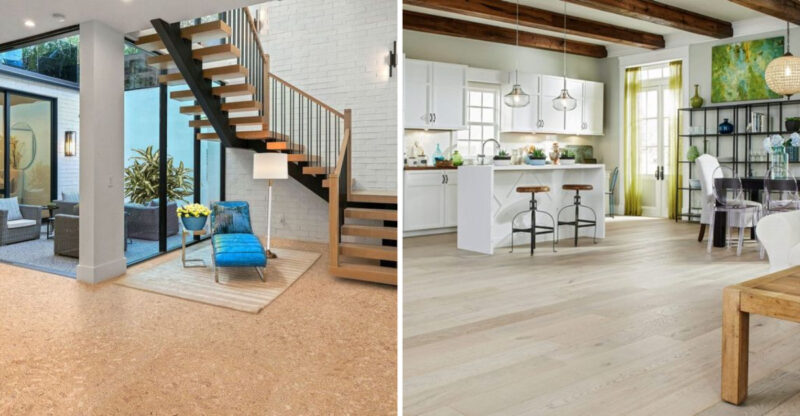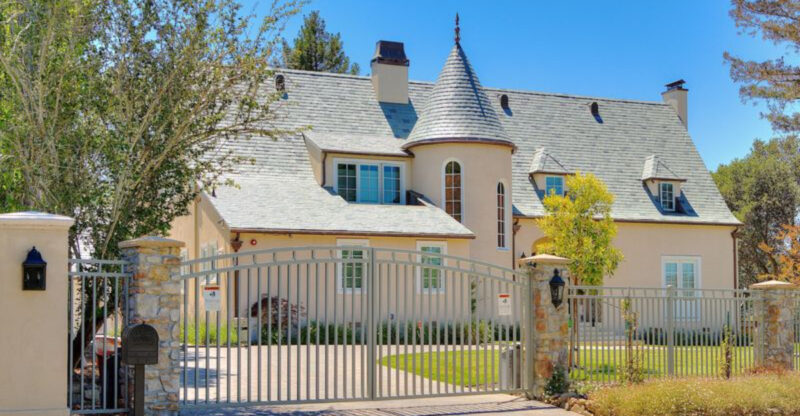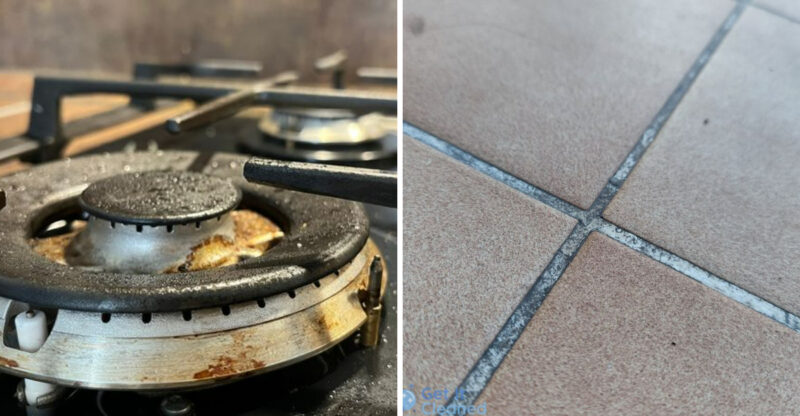Avoid These 6 Property Types In Iowa, But Keep An Eye On These 8
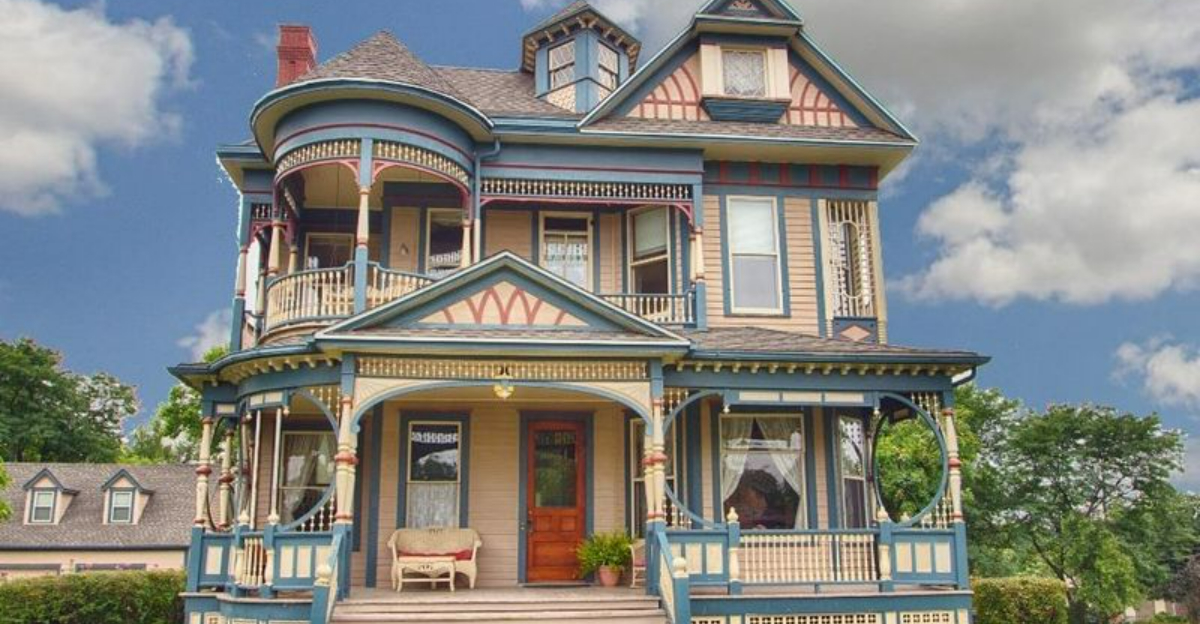
Investing in Iowa real estate can be tricky if you don’t know which properties to pursue and which to avoid. The Hawkeye State offers unique opportunities thanks to its agricultural heritage, growing urban centers, and affordable cost of living.
I’ve researched the market extensively and found some clear winners and losers when it comes to property investments in Iowa.
1. Flood Plain Properties
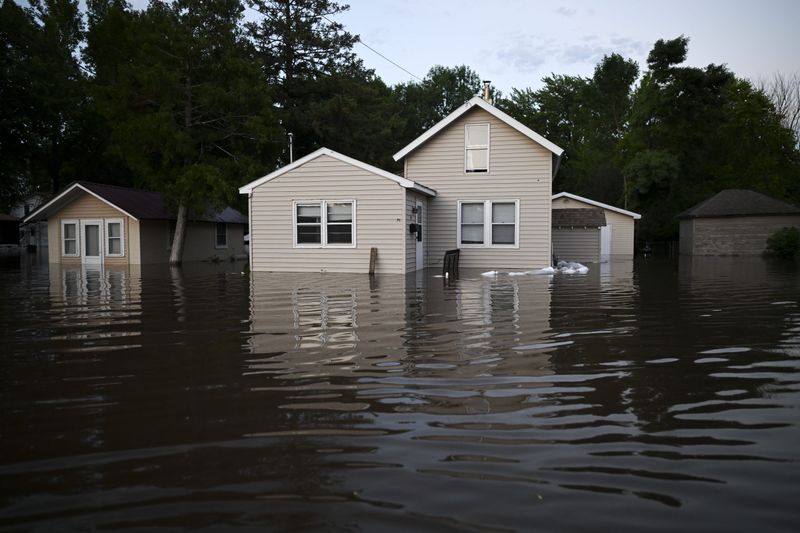
Rivers crisscross Iowa, creating beautiful scenery but major headaches for homeowners in flood-prone areas. Insurance costs alone can drain your bank account faster than spring rains fill the Mississippi.
Many buyers discover too late that standard homeowner’s policies don’t cover flood damage. You’ll need separate FEMA flood insurance, which gets more expensive each year.
Resale values also suffer tremendously, as fewer buyers want to deal with the hassle and expense of flood-prone land.
2. Former Meth Lab Locations
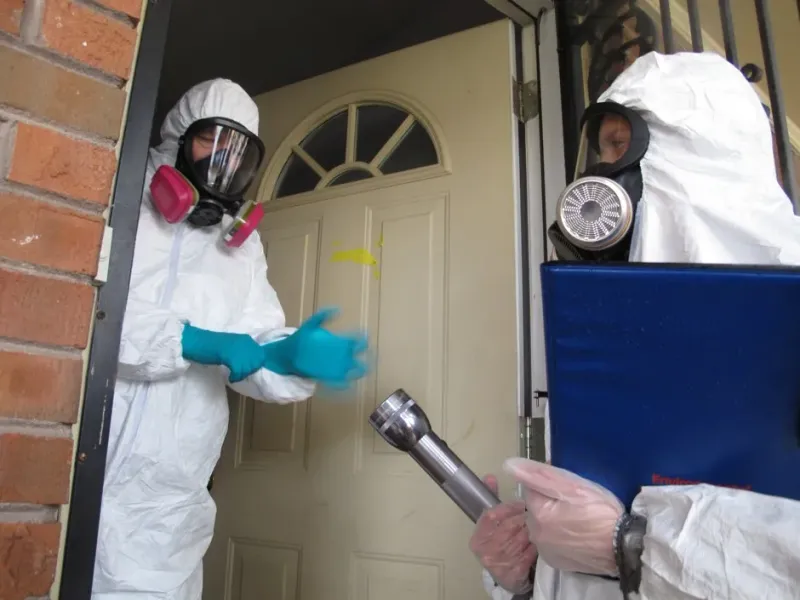
Rural Iowa has unfortunately seen its share of methamphetamine production sites. These properties harbor dangerous chemical residues that can cause serious health problems for years after production ends.
Cleanup costs often exceed $25,000 and require specialized remediation companies. Even after professional cleaning, the stigma remains and can slash property values by 30% or more.
State law requires disclosure, but older cases might slip through the cracks. Always check the DEA’s National Clandestine Laboratory Register before buying.
3. Hog Farm Adjacent Land
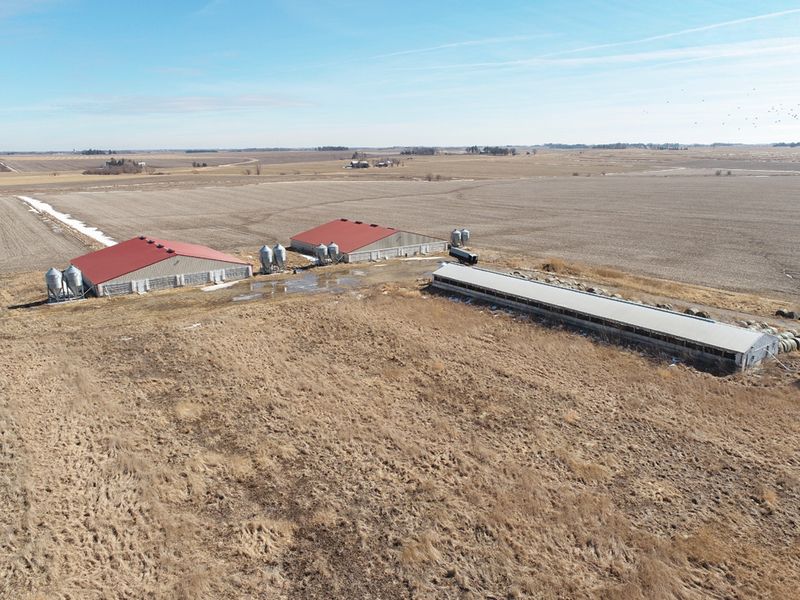
Iowa leads the nation in pork production with over 23 million hogs. Living downwind from these operations means dealing with powerful odors that can make outdoor activities unbearable on many days.
Property values near large hog confinements typically drop 10-40% compared to similar homes elsewhere. The smell isn’t just unpleasant—it can actually impact your quality of life and health.
Large-scale operations continue expanding across rural Iowa, so even if there’s no farm nearby today, one could appear tomorrow.
4. Properties With Outdated Septic Systems
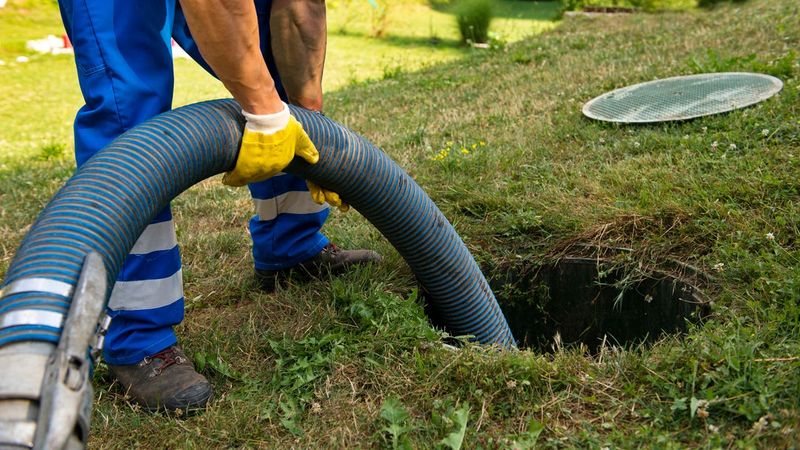
Many rural Iowa properties still rely on aging septic systems that don’t meet current environmental standards. Replacing these outdated systems can cost between $10,000-$20,000—an expense that hits hard after you’ve already purchased.
County inspections are now mandatory when selling properties with septic systems. Failed inspections mean immediate repairs before the sale can proceed.
Watch for soggy yard spots, slow-draining fixtures, and unpleasant odors during property viewings. These red flags often indicate expensive septic problems lurking beneath the surface.
5. Homes Near Future Highway Expansions

Iowa’s Department of Transportation has ambitious plans to expand several major highways over the next decade. Properties in these future construction zones face years of noise, dust, and disruption.
Beyond the temporary inconvenience, many homes will permanently lose value due to increased traffic noise and proximity to busier roadways. Some properties might even face partial land acquisition through eminent domain.
Research the Iowa DOT’s five-year plan before purchasing. What seems like a peaceful location today could become a noisy thoroughfare tomorrow.
6. Properties With Radon Issues
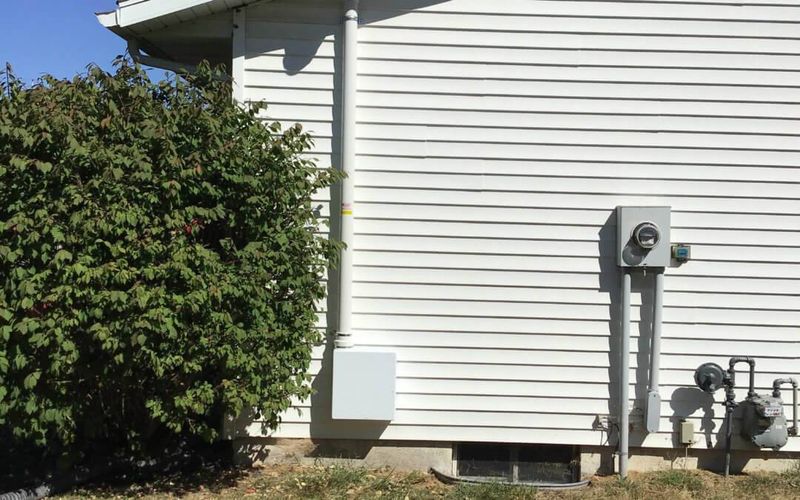
Iowa has some of the highest radon levels in the nation. This invisible, odorless gas seeps up from the ground and causes lung cancer with long-term exposure. Nearly 7 in 10 Iowa homes have elevated levels.
Mitigation systems typically cost $1,200-$2,500 to install. While effective, they require ongoing maintenance and electricity to operate.
Always include radon testing during home inspections. High readings above 4 pCi/L should prompt either mitigation or reconsideration of the purchase entirely.
7. Historic Properties In Small Towns
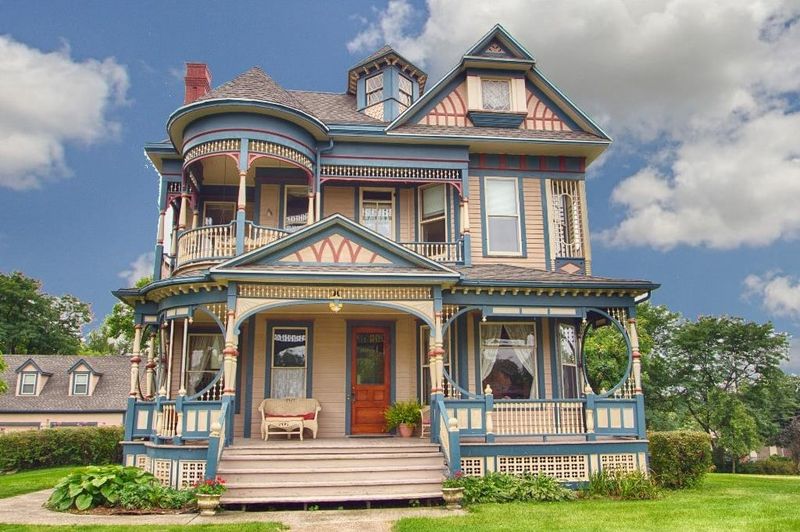
Charming Victorian homes in Iowa’s small towns often sell for a fraction of what they’d cost in larger cities. These architectural gems feature original woodwork, pocket doors, and stunning craftsmanship you can’t find in modern homes.
Many qualify for preservation tax credits and grants that can significantly offset renovation costs. The National Register of Historic Places designation can add prestige and value to your investment.
Communities like Pella, Decorah, and Mount Vernon have vibrant downtown districts where these properties continue appreciating while maintaining their historic character.
8. University-Adjacent Rental Properties
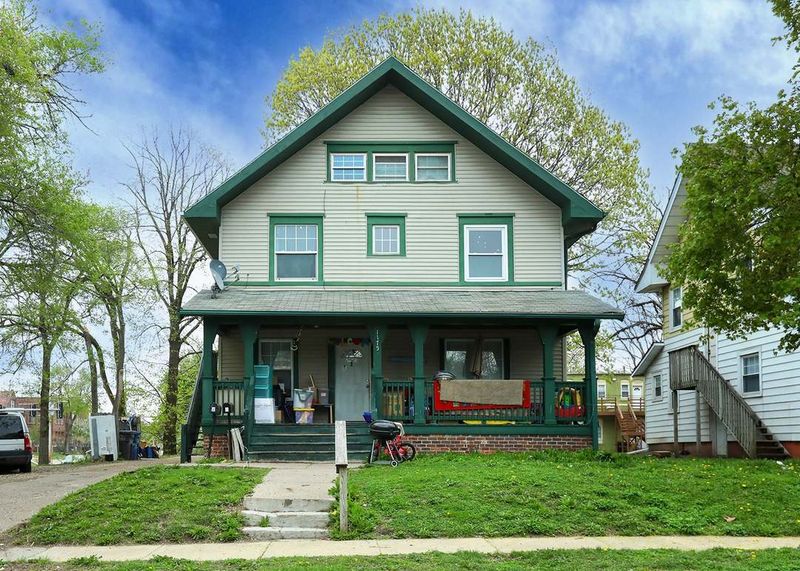
Properties near Iowa’s major universities offer reliable rental income year after year. The University of Iowa, Iowa State, and University of Northern Iowa create constant demand for student housing.
Vacancy rates remain extremely low in these areas, typically under 5% even during economic downturns. Multi-unit properties can generate substantial cash flow when properly managed.
Faculty and staff rentals provide even more stability than student housing. These tenants typically stay longer and cause fewer maintenance issues than undergraduate renters.
9. Agricultural Land With Wind Lease Potential

Iowa ranks second nationally for wind energy production. Farmers with turbines on their land can earn $5,000-$8,000 annually per turbine while still using most of the land for crops.
Wind company leases typically run 30-50 years, providing steady income regardless of agricultural market fluctuations. These agreements create valuable diversification for farm income.
Look for properties in the western and northern parts of the state where wind resources are strongest. Even land without current turbines may have future lease potential as wind energy continues expanding across Iowa.
10. Medical Office Buildings
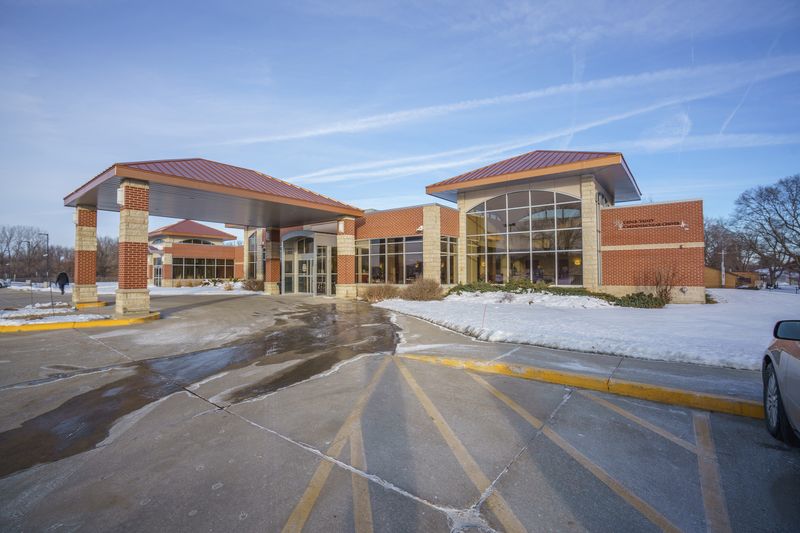
Healthcare remains one of Iowa’s most stable industries, creating reliable demand for medical office space. These properties typically have longer lease terms than regular commercial space—often 5-10 years versus the standard 3-5.
Tenant improvements are usually handled by the medical practices themselves, reducing owner costs. Many healthcare tenants also have stronger credit profiles than typical commercial renters.
Focus on locations near hospitals in growing communities like Ankeny, Waukee, or Coralville. These areas continue seeing healthcare expansion as populations increase.
11. Warehouse Space Near Interstate Corridors
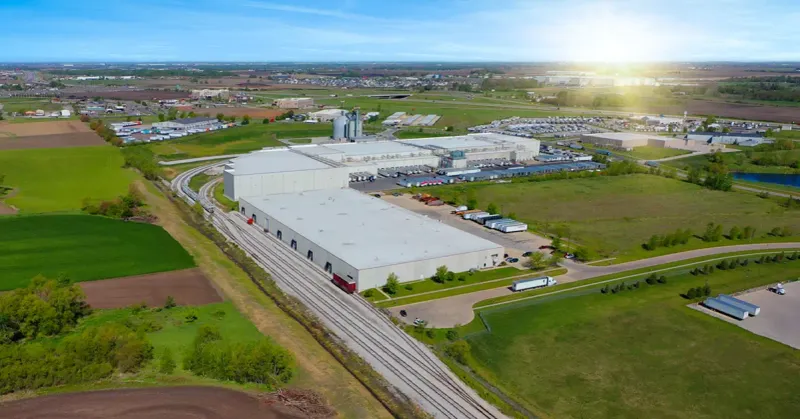
Iowa’s central location makes it ideal for distribution, with I-80 and I-35 creating perfect logistics corridors. E-commerce growth has dramatically increased demand for warehouse space across the state.
Cap rates for industrial properties typically run 1-2% higher than retail or office space. This means better cash flow and potentially stronger appreciation over time.
Properties with 18-foot ceilings or higher, loading docks, and easy interstate access command premium rents. Focus on areas like Davenport, Council Bluffs, and Des Moines where transportation networks converge.
12. Affordable Housing Developments
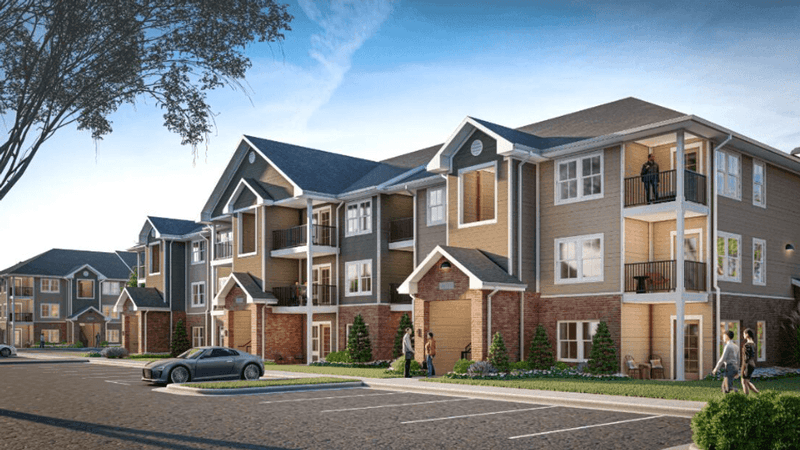
Iowa faces a significant affordable housing shortage, creating opportunities for investors. The Iowa Finance Authority offers tax credits and financing programs that can make these projects highly profitable.
Developments targeting households earning 60-80% of area median income often qualify for substantial incentives. These programs can reduce initial capital requirements while ensuring steady occupancy.
Cities like Cedar Rapids, Waterloo, and Sioux City have particularly strong demand for workforce housing. Local employers often support these developments to help attract and retain workers.
13. Senior Living Communities
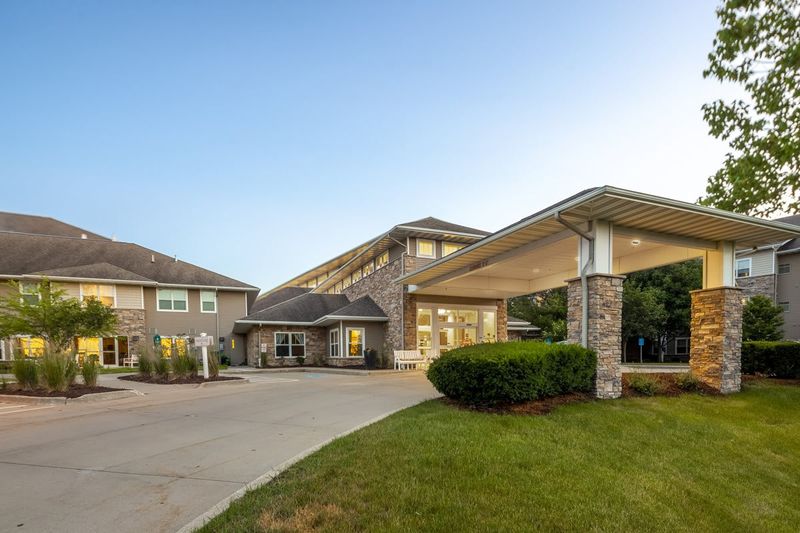
Iowa’s population is aging faster than the national average. By 2030, more than 20% of Iowans will be over 65, creating massive demand for senior housing options.
Independent living facilities typically have waiting lists in most Iowa communities. These properties offer stable cash flow with minimal turnover compared to regular residential rentals.
Look for locations near medical facilities and community amenities. Properties designed specifically for aging in place command premium rents while serving a growing demographic that values security and convenience.
14. Small-Town Main Street Commercial Buildings
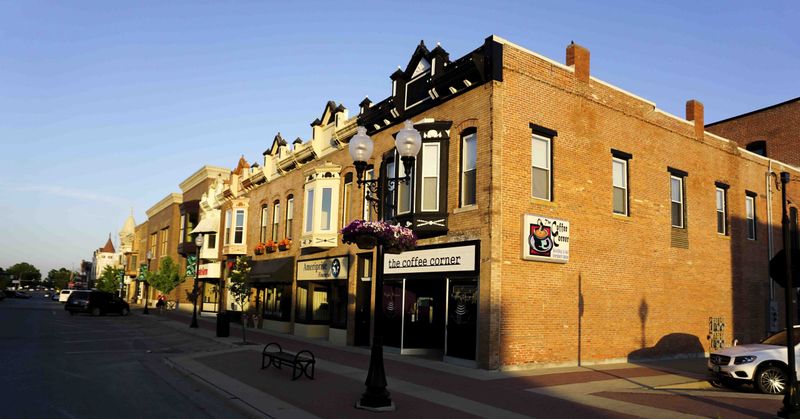
Many of Iowa’s small-town commercial buildings sell for remarkably affordable prices compared to urban areas. Purchase prices of $50-100 per square foot allow for positive cash flow even with modest rents.
State and federal historic rehabilitation tax credits can cover up to 45% of qualified renovation expenses. These incentives make restoring these properties financially viable even in smaller markets.
The Main Street Iowa program provides technical assistance and promotion for participating communities. Focus on towns showing population stability or growth rather than those experiencing long-term decline.

